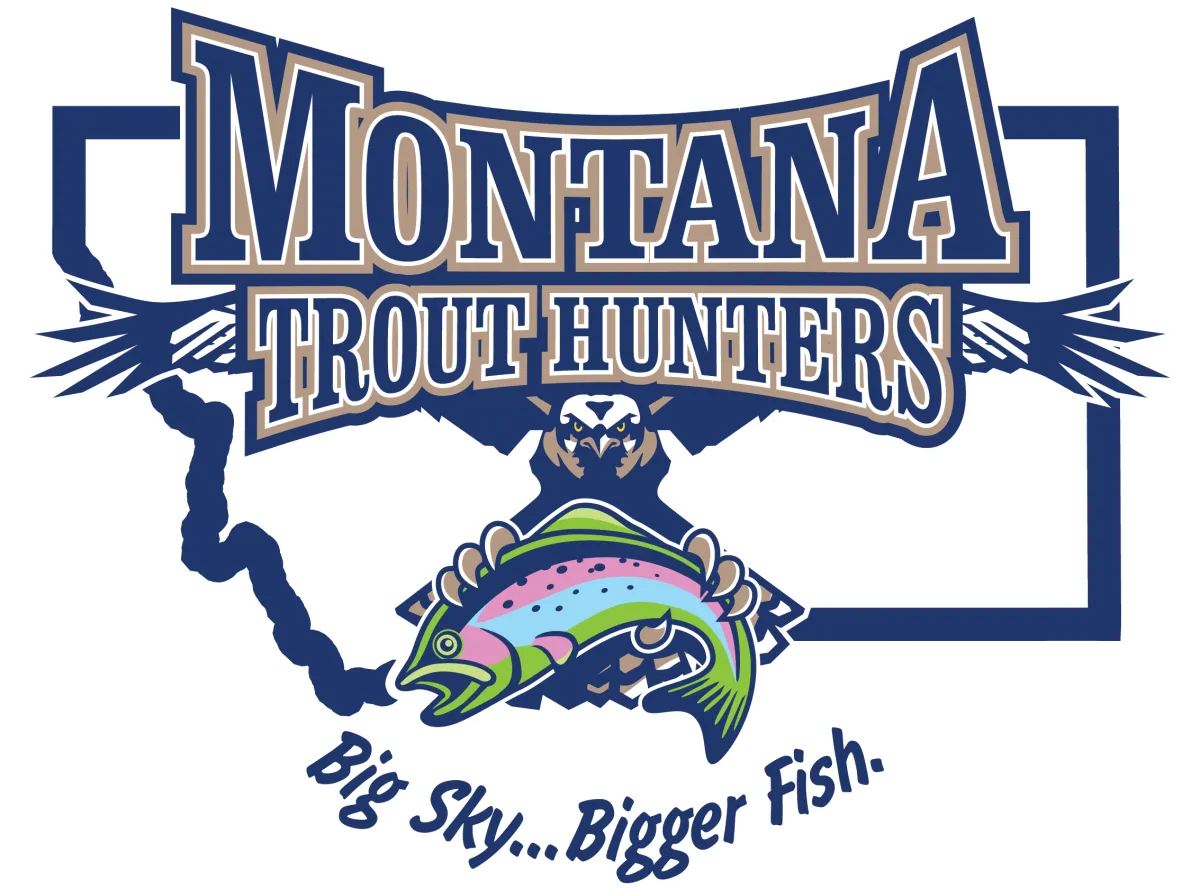404
Sorry, we couldn't find this page.
But don't worry, you can find plenty of other things on our homepage.
Book Your Montana Fly Fishing Adventure
RIVERS
PAGES
IMPORTANT LINKS
CUSTOMER CARE
FOLLOW US
Copyright 2025. Montana Trout Hunters. All Rights Reserved. | Sitemap
